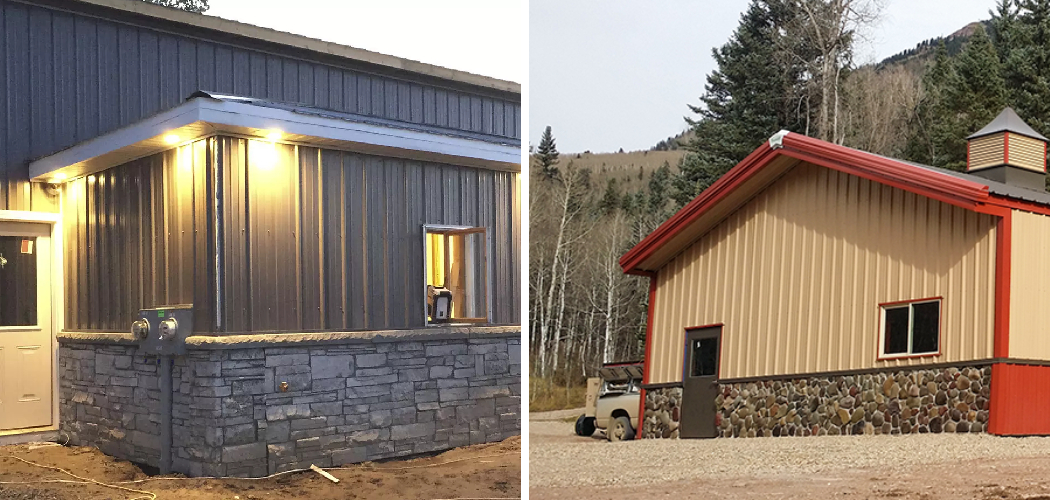Making a metal building look better is a transformative process that can enhance its appearance, increase curb appeal, and elevate its overall aesthetic appeal.
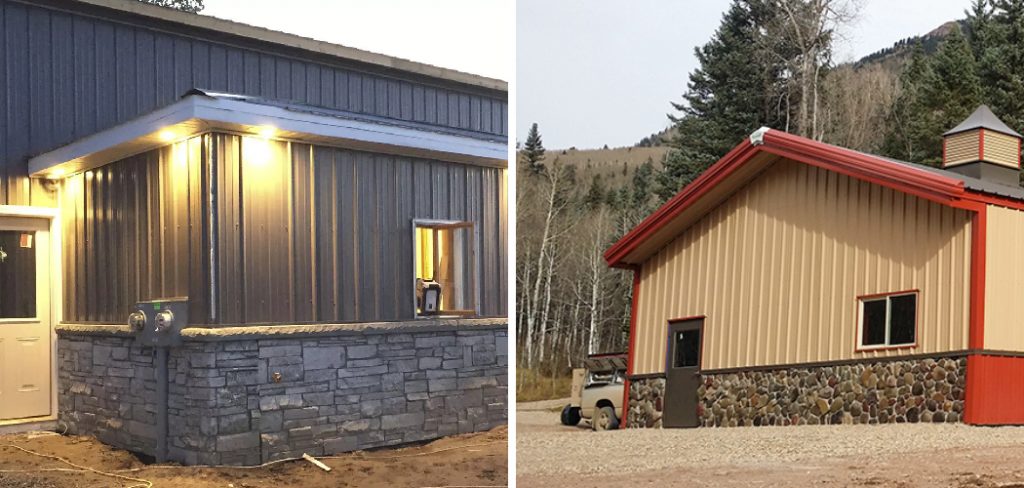
Whether you’re seeking to improve the visual appeal of a commercial structure or enhance the beauty of a residential metal building, there are various techniques and strategies you can employ.
In this comprehensive guide, we will explore creative and practical ways on how to make a metal building look better, from simple cosmetic upgrades like painting and adding decorative elements to more involved projects such as installing facade enhancements or landscaping around the building. We’ll discuss the importance of considering architectural details, color schemes, and landscaping to create a cohesive and visually appealing look.
Whether you’re a property owner, architect, or contractor, mastering the art of making a metal building look better is essential for creating a striking and welcoming space that stands out in any setting.
The Growing Popularity of Metal Buildings
Metal buildings have become increasingly popular in recent years due to their durability, versatility, and cost-effectiveness. These structures, often made from steel, are renowned for their ability to withstand harsh weather conditions, including heavy snow, strong winds, and even earthquakes.
This resilience makes them a preferred choice for both residential and commercial use. Additionally, metal buildings are highly customizable, allowing for a wide range of design options that can cater to specific aesthetic and functional needs.
With advancements in construction technology, metal buildings now offer more flexibility in terms of architectural design, enabling them to blend seamlessly with traditional building materials.
Moreover, the sustainability factor cannot be overlooked; metal buildings are often made from recycled materials and are fully recyclable at the end of their life cycle, making them an environmentally friendly choice.
As a result, the combination of strength, adaptability, and eco-friendliness has contributed to the growing popularity of metal buildings across various sectors.
Importance of Aesthetics in Architecture
Aesthetics play a crucial role in architecture as they significantly influence how a building is perceived and experienced by individuals.
The visual appeal of a structure can enhance its value, attract tenants or buyers, and create a positive impression within the community. Good aesthetics are not merely about making a building look attractive; they also contribute to the functionality and comfort of the space.
For instance, the use of natural light, harmonious color schemes, and thoughtful materials can improve the well-being of occupants and reduce energy consumption.
Furthermore, aesthetically pleasing buildings often become landmarks and points of pride for communities, enhancing the overall environment and fostering a sense of place.
Architects and designers must carefully balance form and function to create buildings that are not only practical but also visually inspiring, ultimately enriching the human experience and contributing to the cultural and social fabric of society.
Understanding the Challenges of Metal Building Aesthetics
Despite their numerous advantages, metal buildings often present unique challenges when it comes to aesthetics. One of the primary concerns is the industrial appearance of metal structures, which can seem stark and uninviting if not properly addressed.
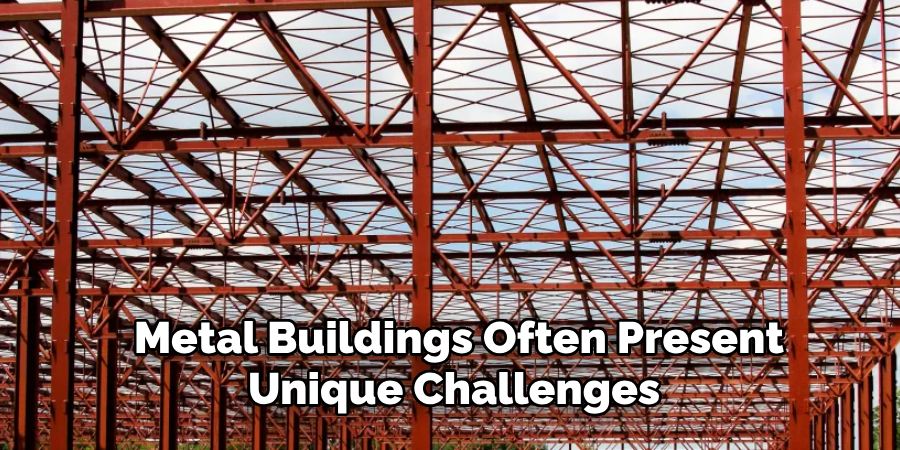
The flat, metallic surfaces and prominent seams can sometimes lack the warmth and texture associated with more traditional building materials like wood or brick. Additionally, metal buildings can be prone to issues such as rusting or fading paint, which can detract from their appearance over time.
Another challenge lies in the limited design options that can be perceived when working with metal exteriors. While modern construction techniques have expanded the possibilities, achieving intricate architectural details and varied textures can still be more challenging than with other materials.
Balancing the utilitarian nature of metal with the desire for an aesthetically pleasing structure requires creative solutions and innovative design strategies.
Furthermore, integrating metal buildings into their surrounding environment can be a complex task. Ensuring that the structure complements the existing landscape, neighborhood, or adjacent buildings without clashing requires a keen understanding of design harmony and contextual appropriateness.
Overcoming these challenges is essential to transforming metal buildings into visually appealing and cohesive elements within any setting.
Importance of Improving Metal Building Aesthetics
Improving the aesthetics of metal buildings is essential for several reasons. Firstly, enhancing the visual appeal of a metal building can significantly boost its market value.
Whether it’s a residential property attracting potential buyers or a commercial space looking to draw in tenants, an aesthetically pleasing building makes a strong first impression and can command higher prices or rents.
Secondly, an improved appearance can contribute to the overall feeling of pride and satisfaction for occupants and users. When a building is visually attractive, it can uplift the mood, create a welcoming ambiance, and enhance the overall user experience.
Moreover, focusing on aesthetics can help integrate metal buildings into their surroundings more effectively. Given that these structures often have a stark, industrial look, thoughtful design interventions can harmonize them with neighboring buildings, landscapes, and the greater community.
This not only prevents the building from appearing out of place but also adds to the cohesive visual narrative of the area.
Additionally, improving aesthetics often goes hand-in-hand with enhancing the building’s functionality and comfort. Features such as strategically placed windows for natural lighting, energy-efficient facades, and sustainable landscaping can make the building more efficient and pleasant to occupy.
In essence, the importance of improving metal building aesthetics extends beyond mere appearance; it fosters a more sustainable, valuable, and enjoyable environment for all who interact with the space.
Landscaping and Site Design
Effective landscaping and site design are integral components of enhancing the aesthetics and functionality of metal buildings.
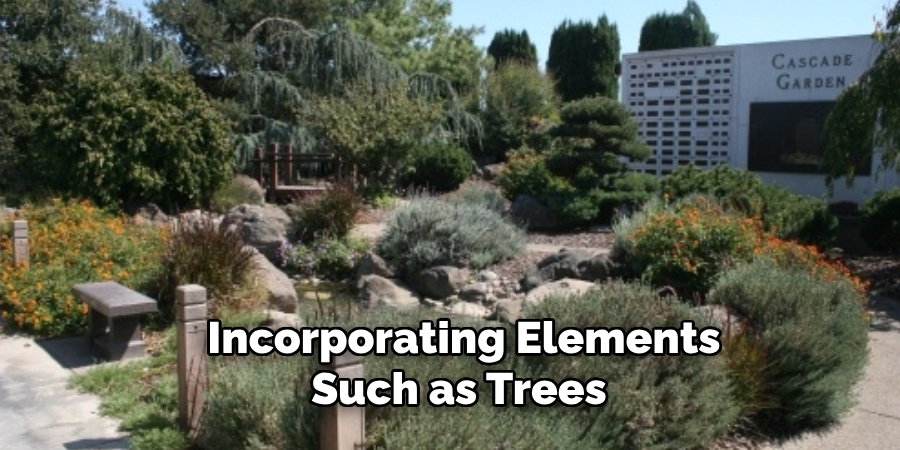
Thoughtful landscaping can soften the industrial look of metal structures, creating a more welcoming environment. Incorporating elements such as trees, shrubs, and flower beds can add color, texture, and a natural feel to the surroundings, helping the building blend more harmoniously with its location.
Pathways, seating areas, and well-manicured lawns further contribute to an inviting atmosphere, making the space more approachable and enjoyable for occupants and visitors alike.
Strategically designed site layouts can also optimize the functionality of the space around metal buildings. By considering factors such as pedestrian flow, vehicle access, and sustainability, architects and designers can create a site that is both efficient and environmentally friendly.
Utilizing permeable materials for walkways and parking areas can reduce water runoff and promote groundwater recharge. Additionally, incorporating green spaces and outdoor recreational areas can promote physical activity and well-being for the building’s users.
Moreover, landscaping and site design play a crucial role in the energy efficiency of metal buildings. Properly placed trees and plants can provide natural shading, reducing the heat island effect and lowering cooling costs in the warmer months. Green roofs and living walls are innovative solutions that not only enhance aesthetics but also improve insulation and contribute to biodiversity.
In conclusion, integrating thoughtful landscaping and site design into the planning of metal buildings is essential for creating attractive, functional, and sustainable environments. These elements work together to elevate the overall experience of the space, adding value and fostering a deeper connection between the building and its surroundings.
10 Methods How to Make a Metal Building Look Better
1. Exterior Painting:
The choice of color and type of paint can significantly impact the aesthetics of a metal building. Consider the architectural style, surrounding landscape, and desired atmosphere when selecting paint colors. Warm, earthy tones can evoke a sense of harmony with nature, while bold, vibrant colors can make a statement and enhance visibility.

Additionally, explore the possibility of using textured or faux finishes to add depth and visual interest to the exterior surfaces. A professional painting contractor can offer valuable insights and expertise in color selection and application techniques to achieve the desired look.
2. Architectural Details:
Architectural details play a crucial role in defining the character and personality of a metal building. Explore opportunities to incorporate ornamental features such as decorative trim, molding, or friezes that echo the building’s architectural style or historical context.
Consider the use of architectural elements such as columns, pilasters, or pediments to create a sense of grandeur and sophistication. Additionally, explore the potential of custom-designed elements that reflect the unique identity or purpose of the building, such as logos, motifs, or emblems.
3. Landscaping:
Landscaping serves as the transition between the built environment and the natural surroundings, enhancing the overall aesthetic appeal of a metal building. Take a holistic approach to landscaping by integrating elements such as plantings, hardscape features, water features, and lighting to create a cohesive and inviting outdoor environment.
Utilize native plants and drought-tolerant species to conserve water and promote biodiversity, while incorporating seasonal flowers and foliage to add color and interest throughout the year. Consider the use of permeable paving materials and rain gardens to manage stormwater runoff and mitigate environmental impact.
4. Exterior Cladding:
Exterior cladding offers an opportunity to customize the appearance of a metal building and blend seamlessly with the surrounding landscape. Explore the wide range of cladding materials available, including wood, stone, brick, fiber cement, and composite panels, to achieve the desired aesthetic effect.
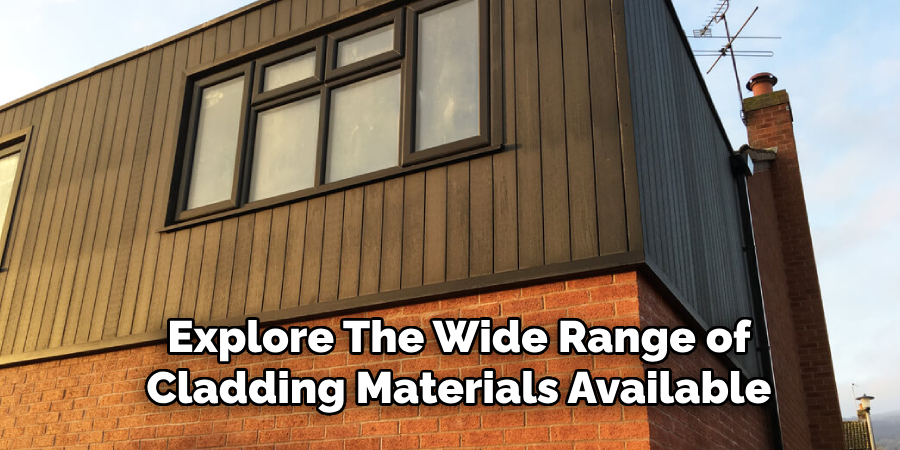
Experiment with different textures, patterns, and finishes to create visual contrast and depth, while ensuring compatibility with the structural integrity and durability of the building envelope. Additionally, consider incorporating sustainable and recyclable materials to reduce environmental impact and promote green building practices.
5. Window and Door Upgrades:
Windows and doors serve as focal points of a metal building’s facade, offering opportunities for architectural expression and functional enhancement. Invest in high-quality windows and doors that complement the overall design aesthetic and provide optimal performance in terms of energy efficiency, security, and durability.
Explore options such as custom-designed windows with decorative grilles or transoms, or oversized glass doors that blur the boundaries between indoor and outdoor spaces. Additionally, consider the use of architectural hardware and finishes to add a touch of elegance and sophistication to the entryways and openings.
6. Lighting Design:
Lighting design plays a critical role in enhancing the visual appeal and safety of a metal building, both during the day and at night. Develop a comprehensive lighting plan that integrates ambient, task, and accent lighting to highlight architectural features, accentuate landscaping, and create ambiance.
Utilize a combination of fixtures such as wall sconces, recessed lights, uplights, and path lights to create layers of illumination and visual interest. Explore the potential of LED technology to achieve energy efficiency, color versatility, and longevity, while minimizing maintenance and operating costs.
7. Signage and Branding:
Signage and branding elements provide an opportunity to reinforce the identity and purpose of a metal building while enhancing visibility and wayfinding. Collaborate with graphic designers and signage specialists to develop custom signage solutions that reflect the brand personality, values, and messaging of the building occupant.

Consider the use of dimensional letters, illuminated signs, digital displays, or murals to create impactful and memorable visual statements. Incorporate signage into the overall architectural design to ensure coherence and integration with the building facade and surrounding environment.
8. Artwork and Murals:
Artwork and murals can transform a metal building into a dynamic and engaging work of art, enriching the cultural and aesthetic experience of the community. Partner with local artists, muralists, or art organizations to commission site-specific artworks that reflect the cultural heritage, social values, or natural landscape of the region.
Encourage community involvement and participation in the creative process through public art projects, workshops, or exhibitions. Explore innovative techniques such as digital printing, stenciling, or mosaic to create visually stunning and meaningful artworks that inspire and uplift.
9. Green Features:
Green features and sustainable design principles can enhance the environmental performance and visual appeal of a metal building, demonstrating a commitment to responsible stewardship and resource conservation. Integrate passive design strategies such as natural ventilation, daylighting, and solar orientation to optimize indoor comfort and energy efficiency.
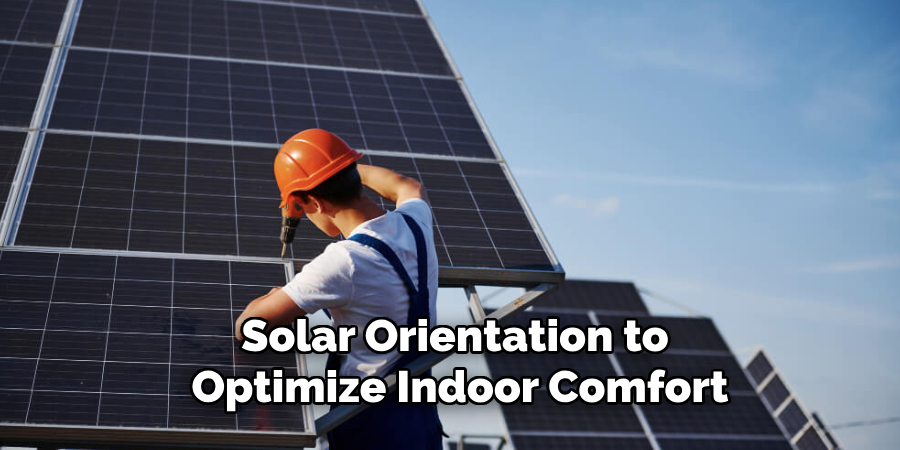
Incorporate green roof systems, rainwater harvesting, or permeable paving to manage stormwater runoff and reduce the urban heat island effect. Explore the use of recycled, reclaimed, or locally sourced materials to minimize embodied energy and carbon footprint while promoting a sense of authenticity and connection to the local context.
10. Maintenance and Cleaning:
Regular maintenance and cleaning are essential to preserve the aesthetic integrity and longevity of a metal building, ensuring it remains a source of pride and inspiration for years to come.
Develop a comprehensive maintenance schedule that includes routine inspections, repairs, and cleaning of exterior surfaces, landscaping, and architectural features.
Utilize appropriate cleaning agents, equipment, and techniques to remove dirt, debris, stains, and pollutants without damaging the building finishes or landscaping.
Invest in protective coatings, sealants, and weatherproofing treatments to enhance durability and weather resistance while minimizing maintenance requirements over time.
Things to Consider When Improving a Metal Building
- Budget Planning:
Determine a realistic budget that aligns with your goals and priorities for the improvement project. Factor in the costs of materials, labor, permits, and any additional design services or custom features you wish to incorporate. Keeping a contingency fund for unexpected expenses can prevent financial strain and ensure the project remains on track.
- Local Building Codes and Regulations:
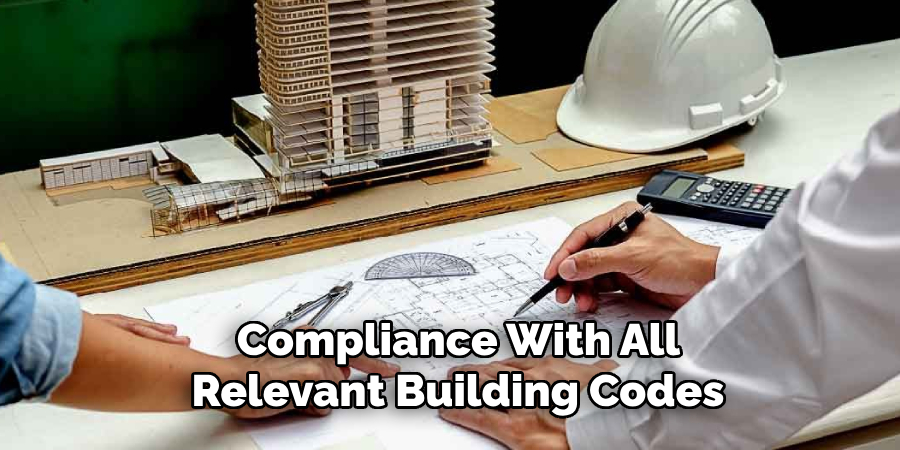
Ensure compliance with all relevant building codes, zoning laws, and regulations in your area. Obtain necessary permits and approvals from local authorities before commencing any construction or renovation work. Understanding and adhering to these requirements can help avoid legal complications and potential fines.
- Climate and Environmental Conditions:
Consider the local climate and environmental conditions when selecting materials and design features for your metal building. For example, areas prone to extreme weather may require enhanced insulation, weatherproofing, or reinforced structural elements to ensure durability and occupant comfort.
- Purpose and Functionality:
Clearly define the intended purpose and functionality of the metal building. Whether it’s intended for commercial, industrial, agricultural, or residential use, understanding the building’s primary functions will guide design decisions and help create a space that meets specific needs and requirements.
- Aesthetic Goals:
Establish aesthetic objectives for the building’s appearance, ensuring it complements the surrounding environment and reflects the style and brand identity of the occupants. This may include selecting appropriate cladding materials, color schemes, landscaping, signage, and artwork that align with the desired architectural vision.
- Energy Efficiency:
Prioritize energy efficiency by incorporating sustainable design practices such as proper insulation, energy-efficient windows and doors, LED lighting, and renewable energy sources like solar panels. These features can reduce utility costs over time and contribute to environmental sustainability.
Conclusion
In summary, enhancing the aesthetic appeal of a metal building requires a multifaceted approach that integrates architectural design, landscaping, lighting, signage, artwork, and sustainable practices.
By applying these ten methods and incorporating creativity, innovation, and attention to detail, you can transform a metal building into a visually striking, environmentally responsible, and culturally enriching asset that contributes positively to its surroundings and the community at large.
Be sure to follow all instructions on how to make a metal building look better carefully, and always consult an expert when in doubt.

